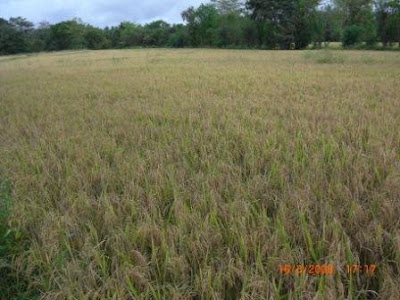
I have tried to show as simply as possible how this recent government price controls on rice and no other commodity that has risen in price, has been for the benefit of the miller primarily, while giving temporary relief to the consumer, but really at the expense of the farmer who the government should encourage to grow more rice.
The real emphasis should be to increase productivity and therefore output, which will automatically result in prices remaining stable. The market mechanism will adjust itself if this is done. I am a rice producer and a very high cost very inefficient producer, as I am stifled by limiting size, fighting with my neighbors for my water entitlement and dealing with land that has been bleached over the years of nutrients, which result in substantial reductions in yield.
A very simple reasoning in farming is to obtain as much yield as possible given the inputs. By increasing inputs such as nutrients and pesticides as well as better farming techniques like deep ploughing and intelligent use of fertilizer and water, specific to the type of seed paddy being used, one can increase yields dramatically more(50%+) than we currently obtain. We must concentrate on why we don’t use these techniques and address those issues, such as land holdings, water rights, practical solutions for expansion of fields, to counteract the contraction now taking place of division by family members from generation to generation. Other factors include title, being able to borrow at reasonable rates of interest for machinery. I have also noted earlier that agricultural advisers should be better trained, with the overall objectives in mind rather than as done today advise people to go into organic farming with no idea what it would do to yield and with no ready market for these outputs, readily available to the farmers.
A short-term solution, namely, price controls are most unhelpful as it has again created uncertainty. This is something no farmer, who deals with more than his fare share of uncertainty, wants. Farming is a career where one day one can obtain very high profits and the next enormous losses, and the ability to withstand this and cushion for hard times is how one can separate the successful against those not so. All steps should be taken to reduce this uncertainty, as one can never eliminate it, and by doing this I am confident that the yield increases demanded from them will come in time. Patience and long term plans are required to succeed along with a VISION.





